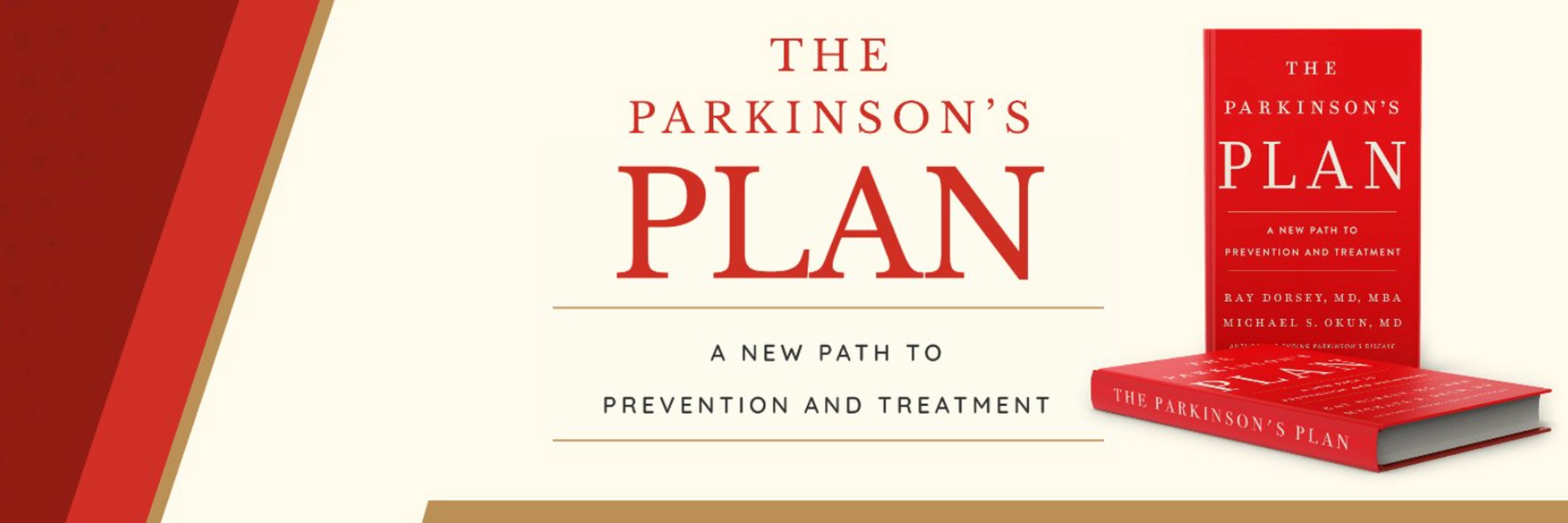








tremorjournal.org/articles/10....
tremorjournal.org/articles/10....






Our Veterans face increased Parkinson’s risk and Veterans are a key part of the Parkinson's Plan.
The link for the free books is here: pdplan.org/veterans/

Our Veterans face increased Parkinson’s risk and Veterans are a key part of the Parkinson's Plan.
The link for the free books is here: pdplan.org/veterans/







Subscribe to our new substack column here:
cutt.ly/2r6Rc1AT
Link to statnews.com Op-Ed out that dropped this morning:
www.statnews.com/2025/11/04/p...

Subscribe to our new substack column here:
cutt.ly/2r6Rc1AT
Link to statnews.com Op-Ed out that dropped this morning:
www.statnews.com/2025/11/04/p...


